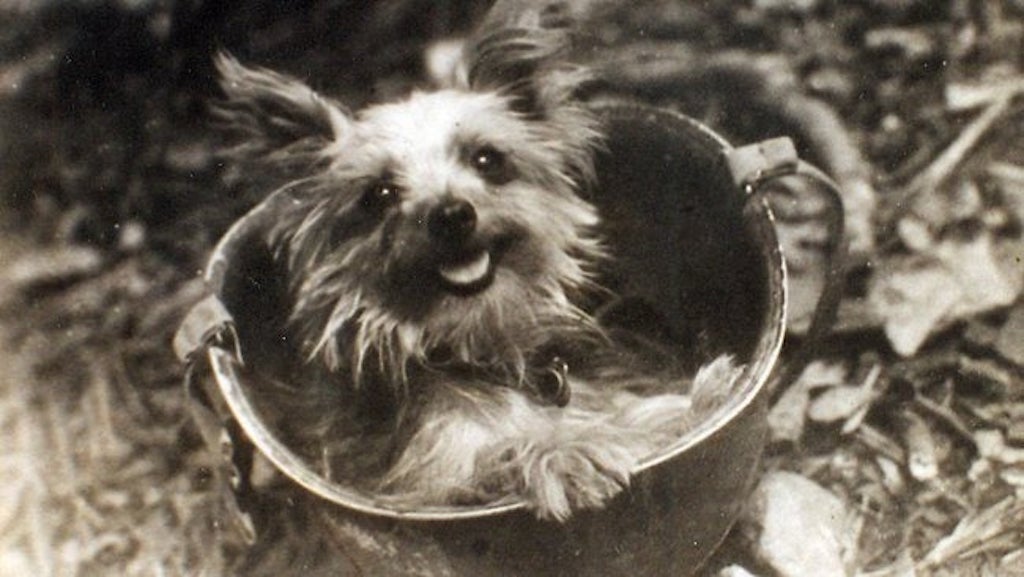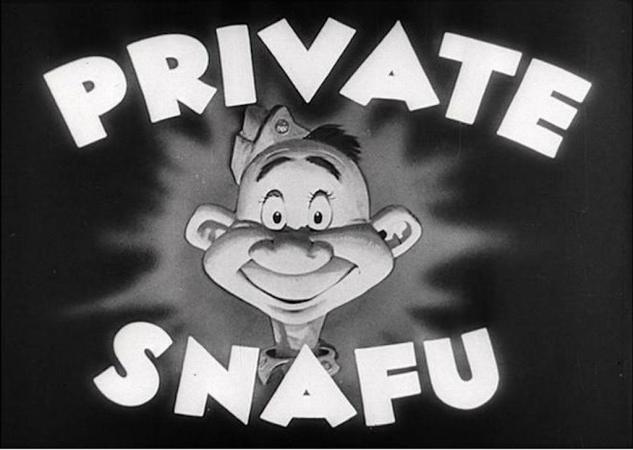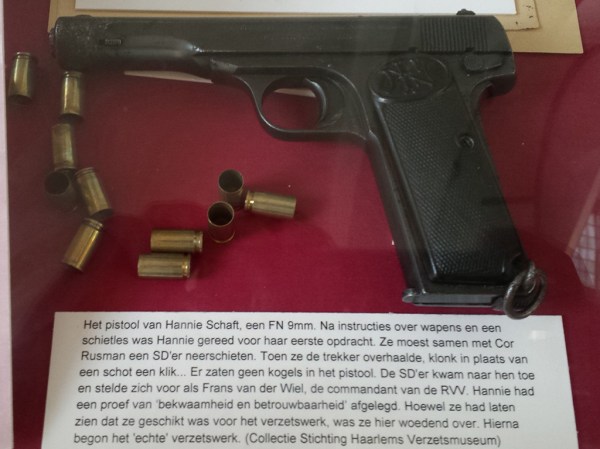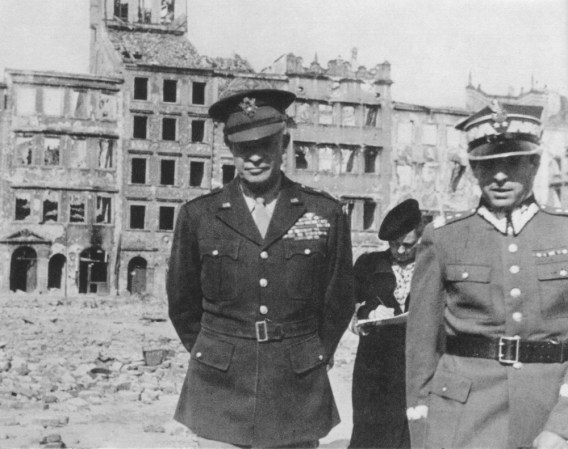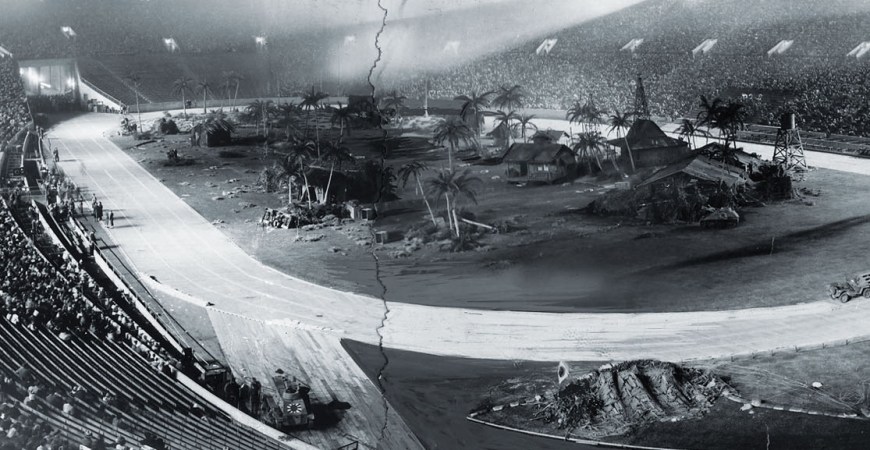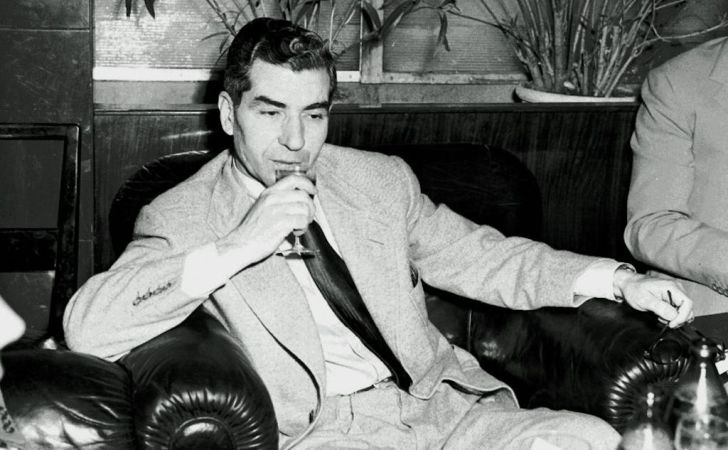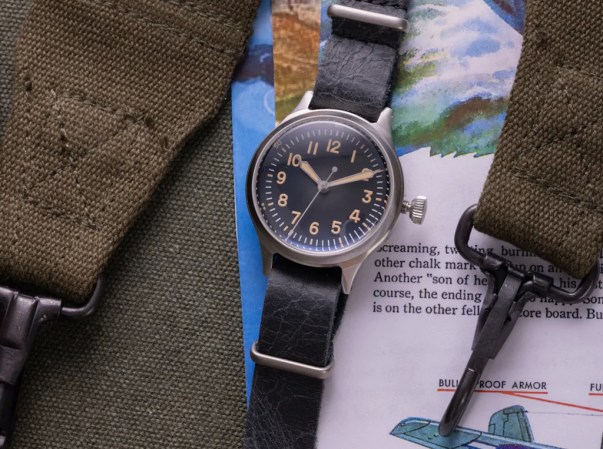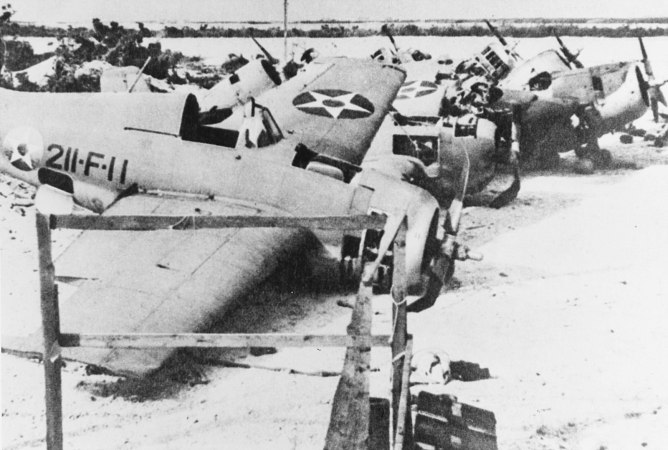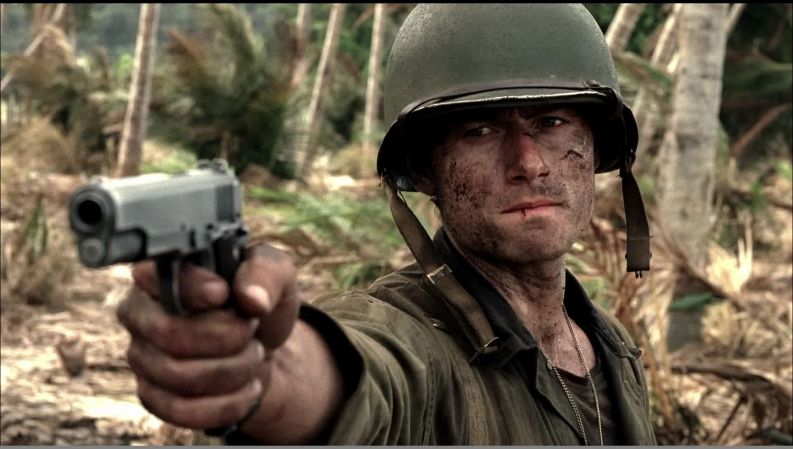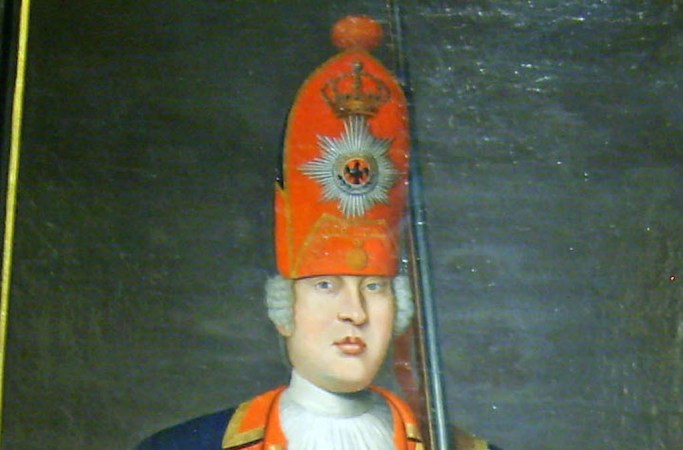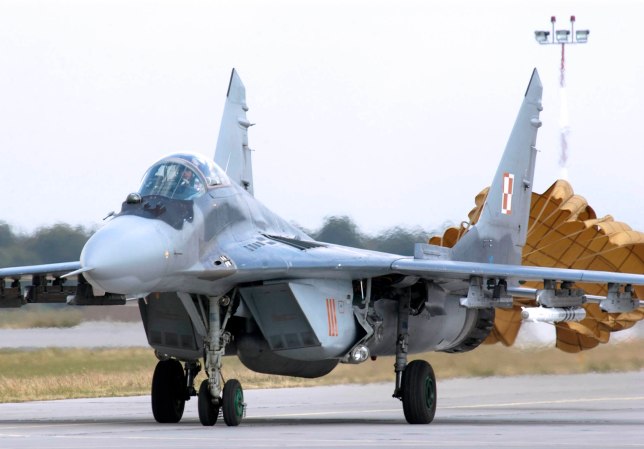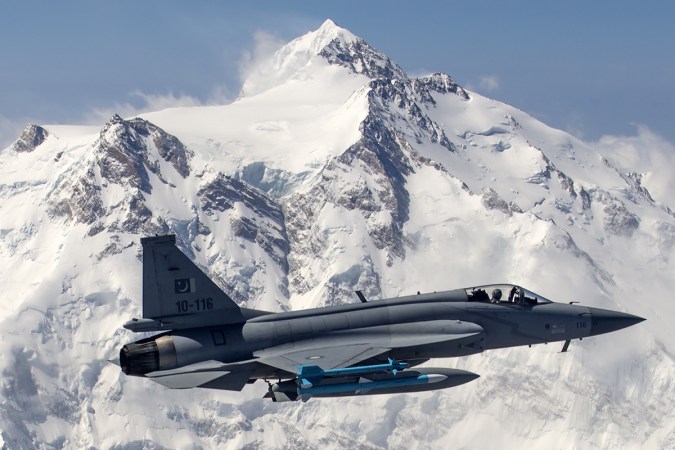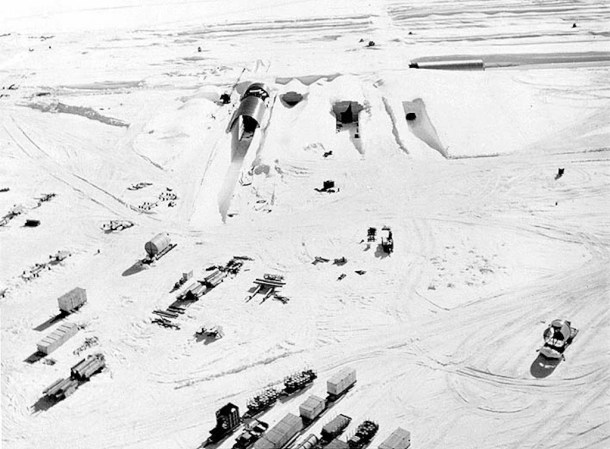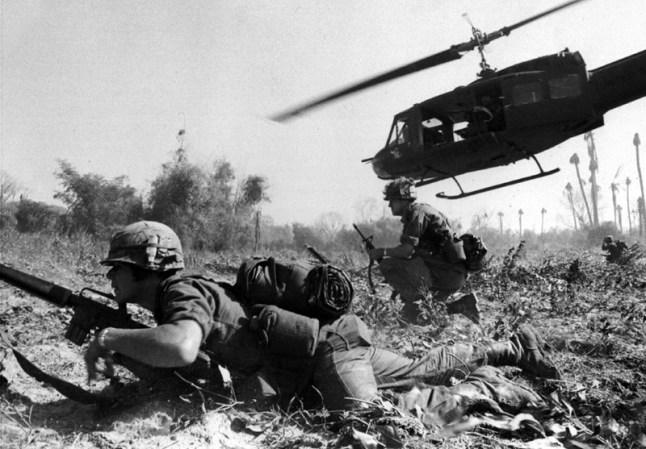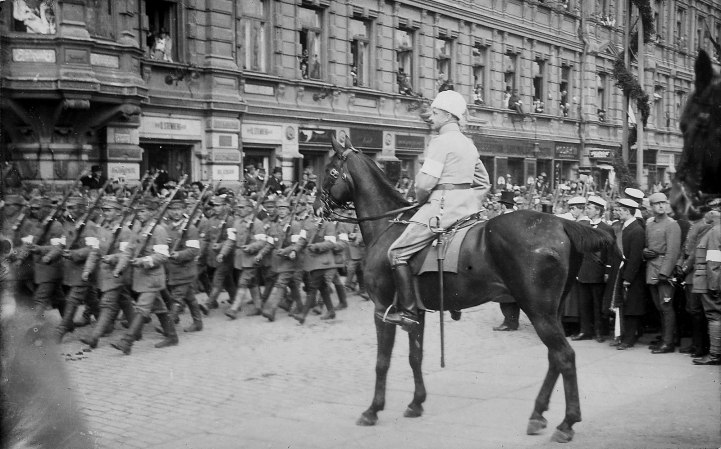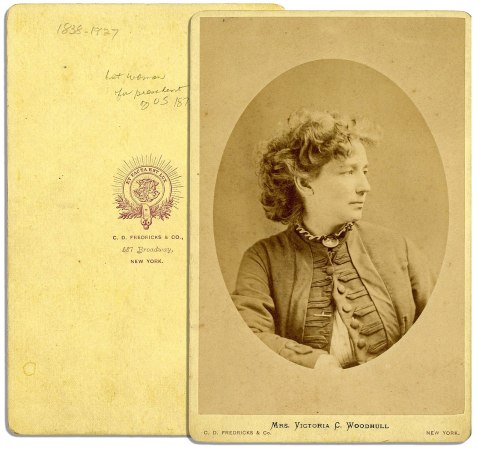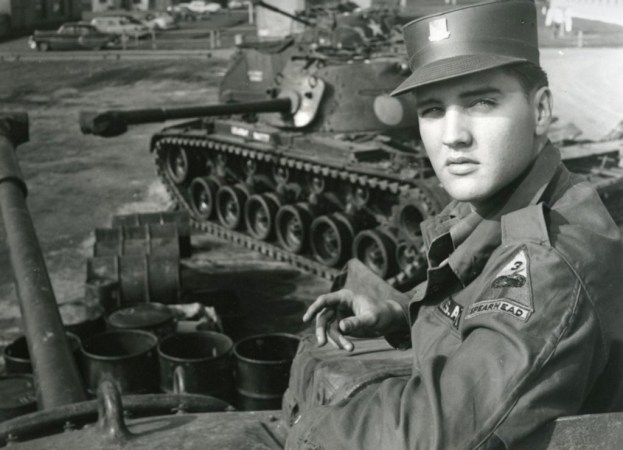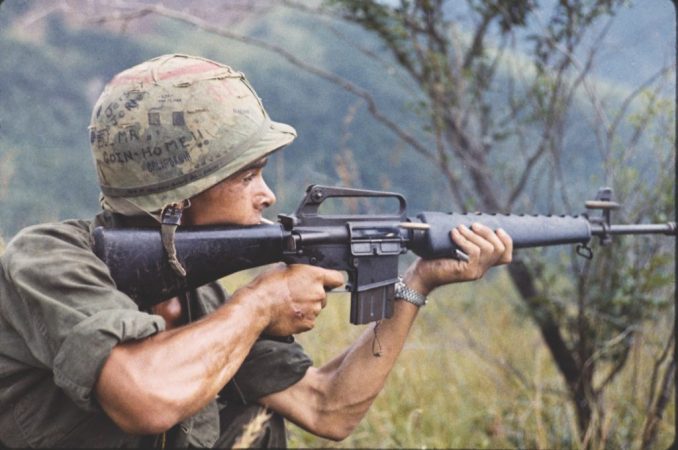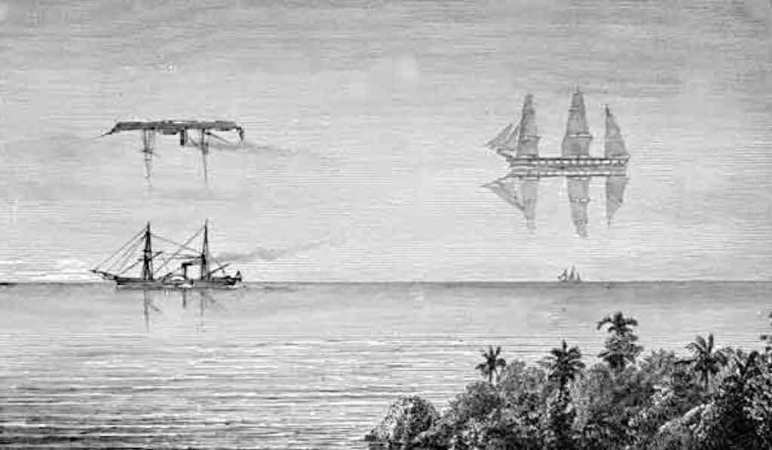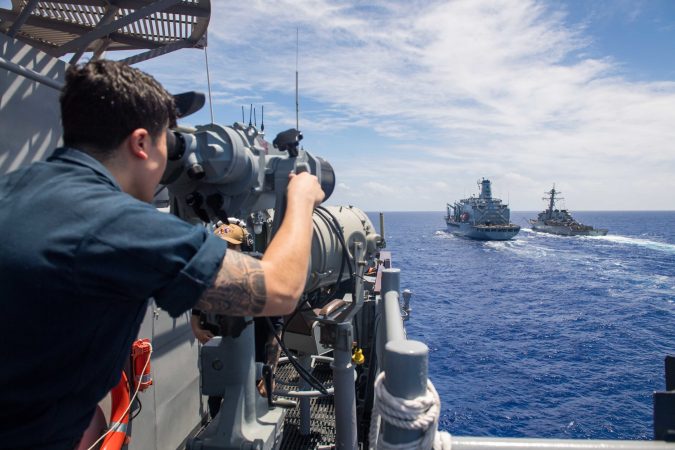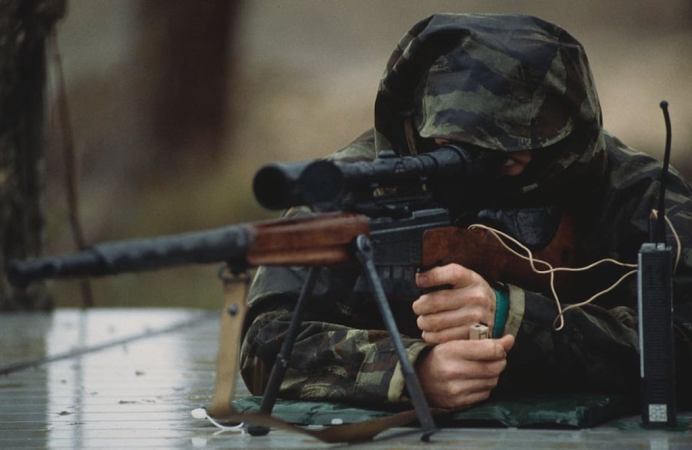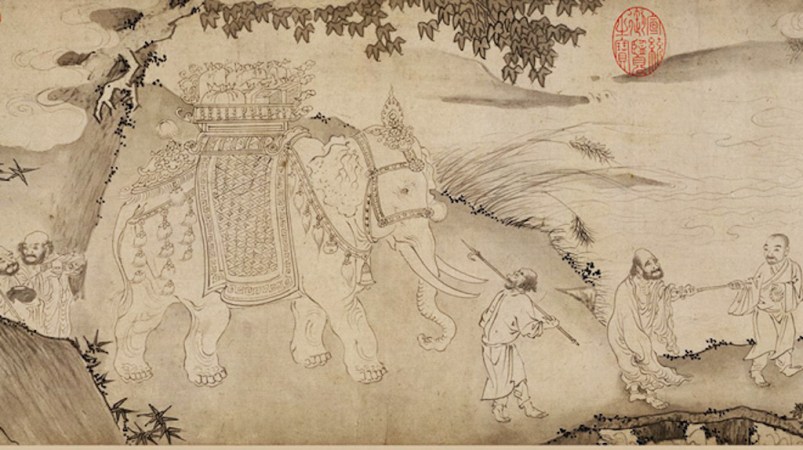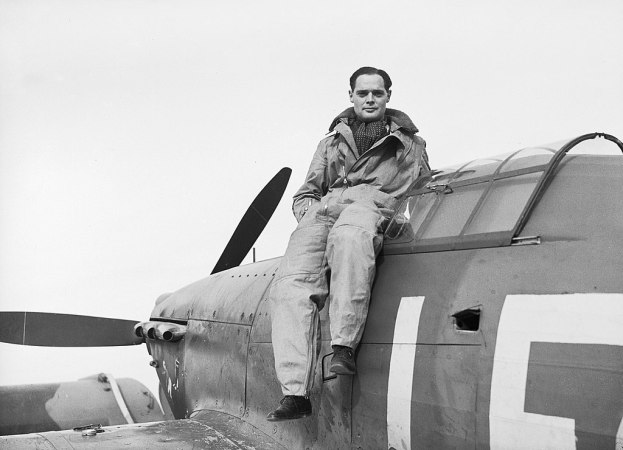Combat dogs are often thought of as German Shepherds or Belgian Malinois. However, a Yorkshire Terrier named Smoky also served on the frontlines of the South Pacific during WWII. She even went on to be recognized as the first recorded therapy dog by Animal Planet.

In February 1944, Smoky was found by an American GI in a foxhole on New Guinea. Interestingly, the fully-grown Yorkie didn’t understand commands in English or Japanese and her origin remained a mystery. Smoky was sold to Army Air Force Cpl. William A. Wynne for two Australian pounds, the equivalent of $6.44 in 1944, to return to a poker game.

Smoky accompanied Wynne on his duties throughout the remainder of the war. Since she wasn’t an official military dog, Smoky did not receive dog rations or medical care. Instead, Wynne fed her from his own C-rations and Spam. She flew on 12 air/sea rescue and photo reconnaissance combat missions, sitting in a pack near the gunner’s stations aboard the OA-10 Catalina. Smoky also survived 150 air raids on New Guinea, a typhoon on Okinawa and earned eight battle stars during WWII.

Beyond providing companionship to Wynne, Smoky also worked on the battlefield. During the Luzon campaign, the Signal Corps needed to run a telephone wire through a 70-foot-long, eight-inch-wide pipe on an airfield. Rather than dig up the taxiway and commit manpower to the job, Smoky took on the task.

Wynne tied the wire to her collar and called her from the other end of the pipe. Sand already filled part of the pipe, giving her just 4 inches of clearance in some places. However, Smoky made it through and earned much praise and affection from the troops. According to the National Museum of the U.S. Air Force, Wynne also credited Smoky for saving his life by alerting him to an enemy attack.

After the war, Smoky returned with Wynne to Cleveland, Ohio, and the two were featured in a story by the Cleveland Press. For the next 10 years, they appeared in Hollywood with Smoky performing tricks like walking a tightrope blindfolded. In 42 live TV broadcasts, Smoky never repeated a trick.

More importantly, Smoky’s entertainment brought great comfort to wounded troops. During the war, she visited troops at the 233rd Station Hospital in New Guinea. Dr. Charles Mayo, of Mayo Clinic fame, was the commanding officer and allowed Smoky to go on rounds with nurses and sleep with Wynne in his hospital bed. After the war, Wynne and Smoky visited veterans’ hospitals, putting on performances and providing invaluable therapy to patients.

On February 21, 1957, Smoky died. Wynne buried her in a .30-caliber ammo can in Cleveland Metroparks in Lakewood, Ohio. On November 11, 2005, a memorial with a bronze statue was erected over Smoky’s burial site. It is dedicated to “Smoky, the Yorkie Doodle Dandy, and the Dogs of All Wars.” In 2020, the statue was donated to the National Museum of the U.S. Air Force and placed in front of their OA-10 with a summary of her service.
Feature Image: Bill Wynne


